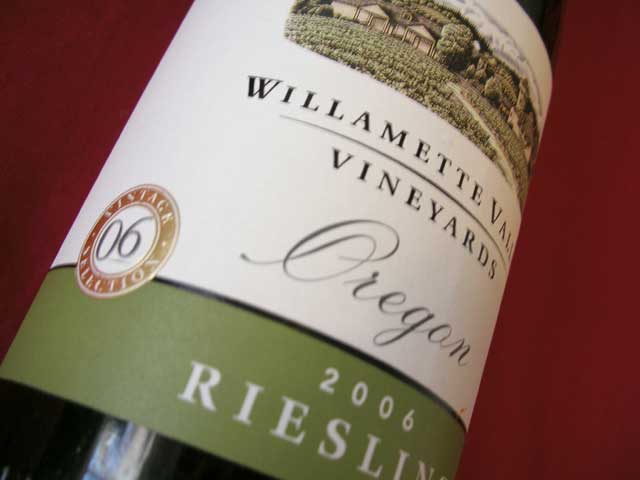La Biancara, Pico, 2006
Most current wine marketing revolves around the attempt to associate wine with "nature", and to make not technical refinement, but true representation of the soil and the land the measure for wine quality. So you have your natural wine bandwagon on the one side, with your organic winegrowing, your biodynamics, your "slow" winemaking, your "natural wine". And then you have Natural wine with a capital N. And there you have your non-sulphurisers, your amphorae-diggers, your oxidizers, purists, extremists and experimentalists. Angiolino Maule from northern Italy's veneto is one of those. This wine is naturally fermented in open wooden barrels, not shielded from oxygen, unfined and unfiltered, with no added sulphur.

